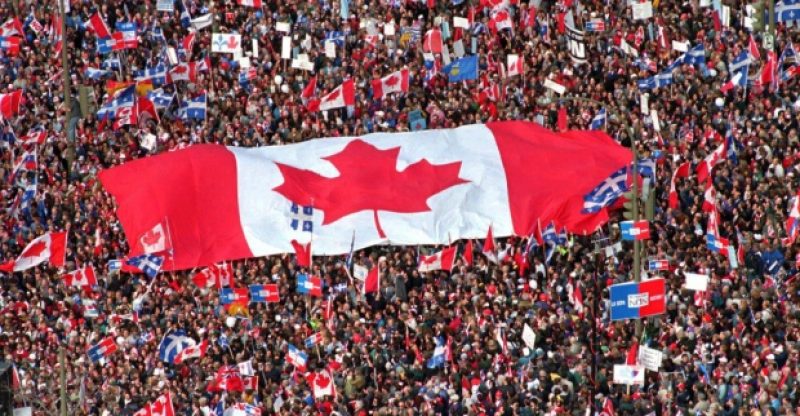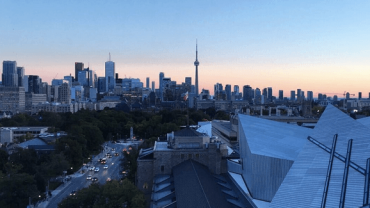Vacancy Rates At Its Lowest Due To Strong Job Growth And High Immigration Levels
The CMHC (Canada Mortgage and Housing Corporation) a short while ago released a report about rental becoming harder now in Canada. With immigration growing, a strong job growth plus with the present aging population are some reasons why its getting hard to find an apartment in Canada for rent, according to the report.
CMHC’s recent rental market report discovered that the county’s apartment vacancy rate is falling, this therefore means that there are less apartments available for rent. In areas of Toronto and Vancouver is where the situation has become terrible and many other cities have their vacancy rates down below 1 per cent .
Below is a list of the hardest cities to find an apartment:
1. Kelowna, BC
2. Abbotsford, BC
3. Victoria, BC
4. Kingston, BC
5. Charlottetown, PEI
6. Vancouver, BC
7. Toronto, ON
8. Peterborough, ON
9. Guelph, ON
10. Brantford, ON
Toronto’s vacancy rate has been at it worst in 16 years. In October of this year, it was 1 per cent from 1.3 a year ago.
“Rising costs of homeownership forced more people to seek and remain in rental accommodation. House prices in the Greater Toronto Area unprecedented level during the early part 2017, making homeownership out of range for the majority of potential first-time buys,” the CMHC stated in its report.
This therefore led to rental rates increasing by 4.2 per cent in Toronto. The standard price for rent is $1,404 for a two-bedroom apartment and nearly double the price of the two-bedroom apartment for a two-bedroom condo which costs $2,301.
Unlike Toronto, Vancouver’s vacancy rate went up slightly to 0.9 per cent . It went from 0.7 per cent from earlier that year. This gives little hope but still very difficult rental conditions.
“Despite record construction of new units, strong demand for rental accommodation kept the vacancy rates below 1 per cent for both primary rental apartments and rental condominium apartments,” the CMHC mentioned in the report.
In Vancouver, the average rents went up higher than that of Toronto during the course of the year increasing by 5.9 per cent. A two-bedroom apartment would cost around $1,552 and a two-bedroom condo $1,874.
Nationwide, the vacancy rate declined to 3 per cent from 3.7 per cent a year earlier. That current rate matches the 10-year average in addition to the average rent nationwide increasing by 2.7 per cent to $947.
In the report, a number of conditions will tend to increase the demand for rental housing. One of the conditions is international migration since Canada increased the number of immigrants last year (2016). Immigrants will prefer to rent apartments or condos than buying one.
Another condition is the rapid job growth among young workers. The job growth rate for those between 15 to 29 years old has increased over the past year and this therefore increases demand .
“The continued aging of the Canadian population also contributed to the increase in occupied rental units this year, as the propensity to live in rental housing tends to rise as people enter retirement age,” CMHC wrote.
The highest vacancy rates have been recorded in the Prairie provinces. Even though the Prairies is yet to recover from the fall in the prices of oil, in recent years had most of the country’s highest vacancy rates.
However CMHC notes that the declining rental markets in Prairie cities are starting to show signs of improvement. The city of Calgary’s vacancy rate dropped to 6.3 per cent from 7 per cent, at the same time Edmonton’s fell from 7.1 per cent to 7 per cent. Yet, that did nothing to keep rental rates from declining in many cities in Pairies.





